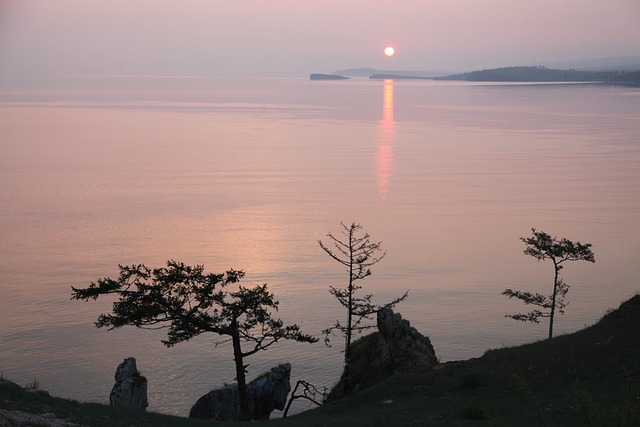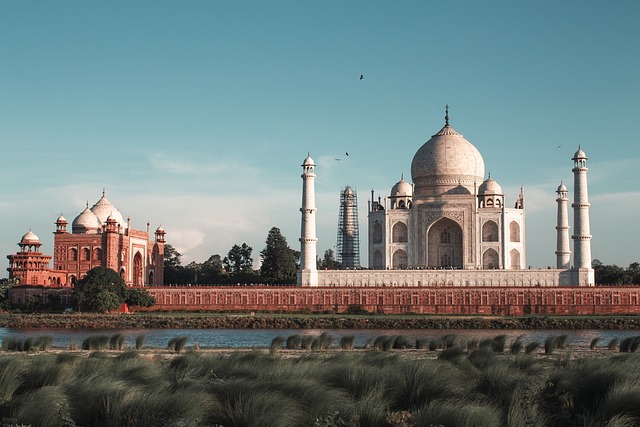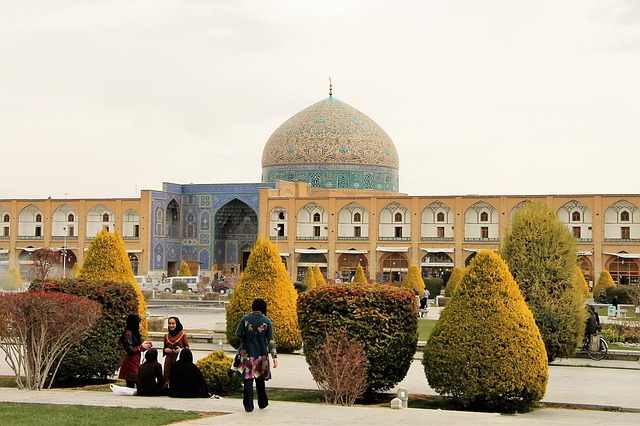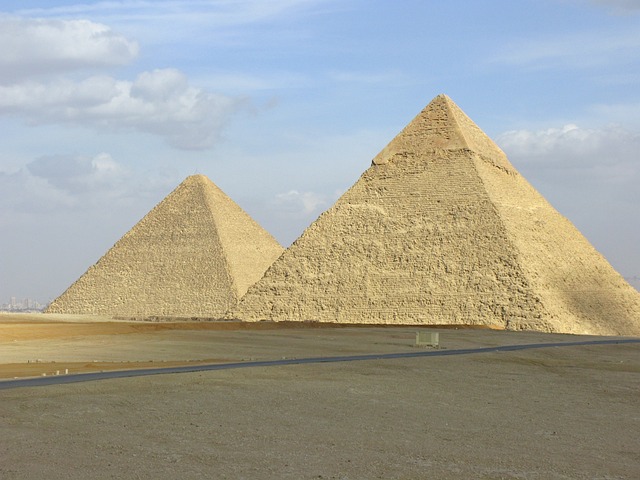Nestled in the heart of Siberia, Russia, lies a natural wonder that boasts unparalleled beauty and profound ecological significance—Lake Baikal. Often lauded as the world’s deepest and oldest freshwater lake, Baikal is a UNESCO World Heritage site, captivating visitors with its unique landscapes, rich biodiversity, and cultural heritage. This blog post endeavors to provide a comprehensive guide for tourists looking to explore this mesmerizing destination, showcasing not only the enchanting scenery but also the myriad of experiences that await.
A Brief Overview of Lake Baikal
Geography and Formation
Lake Baikal is located in southern Siberia, stretching approximately 636 kilometers (395 miles) long and reaching depths of 1,642 meters (5,387 feet), making it the deepest lake on the planet. It occupies a rift valley formed by tectonic activity, a process that dates back around 25 million years, making it one of the oldest lakes in the world. Its sheer size accounts for about 20% of the world’s unfrozen freshwater, an essential resource for both the environment and local communities.
UNESCO World Heritage Status
Designated as a UNESCO World Heritage site in 1996, the lake and surrounding region are recognized for their exceptional natural beauty and biodiversity. The area serves as a habitat for numerous species, many of which are endemic to the region, including the famous Baikal seal (nerpa) and over 1,700 plant species.

Getting to Lake Baikal
Traveling to Siberia
The journey to Lake Baikal often begins in the historic city of Irkutsk, one of the largest cities in Siberia and the most common gateway to the lake. Irkutsk is accessible via flights from major Russian cities like Moscow and Novosibirsk. Once in Irkutsk, visitors can take a taxi or shuttle bus to reach various lakeside towns, such as Listvyanka or Selenga, which are popular bases for exploring the lake.
Best Time to Visit
The best time to visit Lake Baikal is during the summer months (June to August), when the weather is mild and the entire region comes alive with activities. However, winter enthusiasts may prefer the colder months (December to March), when the lake transforms into a spectacular icy wonderland, famous for its crystal-clear ice, frozen bubbles, and unique ice formations. Each season offers a distinct experience, catering to diverse interests and activities.
Top Attractions and Activities
1. Lake Baikal’s Stunning Natural Beauty
The lake’s ethereal beauty is a primary draw for travelers. With breathtaking views over the crystal-clear waters against the backdrop of snow-capped mountains, the landscape is an ideal setting for photography and contemplation. Many visitors enjoy hiking along the Great Baikal Trail, which offers stunning panoramas and surprising encounters with wildlife.
2. Wildlife Watching and Biodiversity
Nature enthusiasts will revel in the opportunity to witness the unique flora and fauna of the region. Guided tours can lead you to the Baikal seal and other endemic species. Birdwatchers can spot numerous migratory and resident birds, including the beautiful white-tailed eagle. Lakeside excursions may also provide opportunities to spot sable, elk, and diverse fish species that inhabit the dark depths of Baikal.
3. Cultural Experiences
Engage with the rich cultural heritage of the region by visiting the indigenous Buryat communities. The Buryats have a vibrant culture steeped in tradition, and tourists can participate in traditional ceremonies, sample authentic cuisine, and learn about their history. The village of Listvyanka, with its bustling market and local restaurants, is an excellent place to immerse yourself in the region’s culture.
4. Baikal’s Ice Wonders
For those brave enough to visit during the winter, the frozen surface of Lake Baikal offers a truly magical experience. Walking on the thick ice, explorers can marvel at bizarre ice formations, shimmering blue cracks, and the enigmatic bubbles trapped beneath the surface. Winter activities such as ice skating, snowmobiles rides, and dog sledding add to the allure of this season.
5. Baikal Circumnavigation
For the adventurous spirit, a multi-day trek around Lake Baikal is a dream come true. There are several guided tours available that allow you to hike along the shoreline, camp in the wilderness, and explore remote coves and beaches. The Baikal Circumference route, spanning over 1,000 kilometers, provides an unparalleled opportunity to experience the diverse ecosystems and stunning vistas of the entire region.
6. Baikal’s Historical Significance
A visit to the historic Decembrist Museum in Irkutsk offers insight into the 1825 uprising against the Russian monarchy. The Decembrists, who were exiled to Siberia, played a crucial role in shaping the history and culture of the region. Additionally, a trip to the Old Believers’ villages along the lake, with their unique churches and customs, adds depth to the cultural exploration.
Practical Tips for Visiting Lake Baikal
1. Accommodations
Accommodation options abound around Lake Baikal, ranging from basic hostels and guesthouses to more luxurious hotels and eco-lodges. Booking in advance, especially during peak summer months, is highly recommended. Many places offer stunning views of the lake, providing the perfect backdrop to your stay.

2. Language and Communication
While Russian is the dominant language spoken in the region, English is becoming more common, especially in tourist areas. It’s helpful for visitors to learn basic Russian phrases or carry a translation app, as this can enhance interactions with locals and contribute to a more fulfilling experience.
3. Health and Safety
Travelers should consider the remote nature of the region and prepare accordingly. Carrying adequate supplies, including food, water, and first-aid kits, is advisable, particularly for outdoor adventures. Travel insurance that covers outdoor activities is essential for peace of mind.
4. Respect for Nature and Culture
While enjoying the pristine wilderness and cultural experiences, it’s crucial to practice responsible tourism. Follow the principles of Leave No Trace, respect wildlife, and honor local customs and traditions.
Lake Baikal is not just a destination; it is an experience that lingers long after you’ve left its shores. Whether you’re hiking breathtaking trails, marveling at the lake’s unique ice formations, immersing yourself in indigenous culture, or simply soaking in the tranquil beauty, Baikal has an allure that is both inspiring and humbling.
As you plan your visit, take a moment to appreciate the significance of this ancient lake—home to diverse ecosystems, a wealth of history, and unending natural beauty. Lake Baikal is waiting to be discovered, and every traveler leaves a piece of their heart in this enchanting Siberian gem. So pack your bags and prepare for an adventure that promises to be unlike any other.






I dugg some of you post as I thought they were extremely helpful handy
Lake Baikal truly sounds like a magical place, and your post does a great job of capturing its essence. I’ve always been fascinated by its unique ecosystem and the fact that it holds so much of the world’s freshwater. The idea of visiting during winter to see the frozen landscapes is particularly intriguing—what’s it like to walk on the ice? I wonder if the local communities have any special traditions or stories about the lake that visitors should know about. Also, how accessible are the more remote areas of the lake for someone who’s not an experienced traveler? I’d love to hear more about the cultural experiences or hidden gems that aren’t as well-known. Would you recommend any specific local guides or tours to get the most out of the visit?